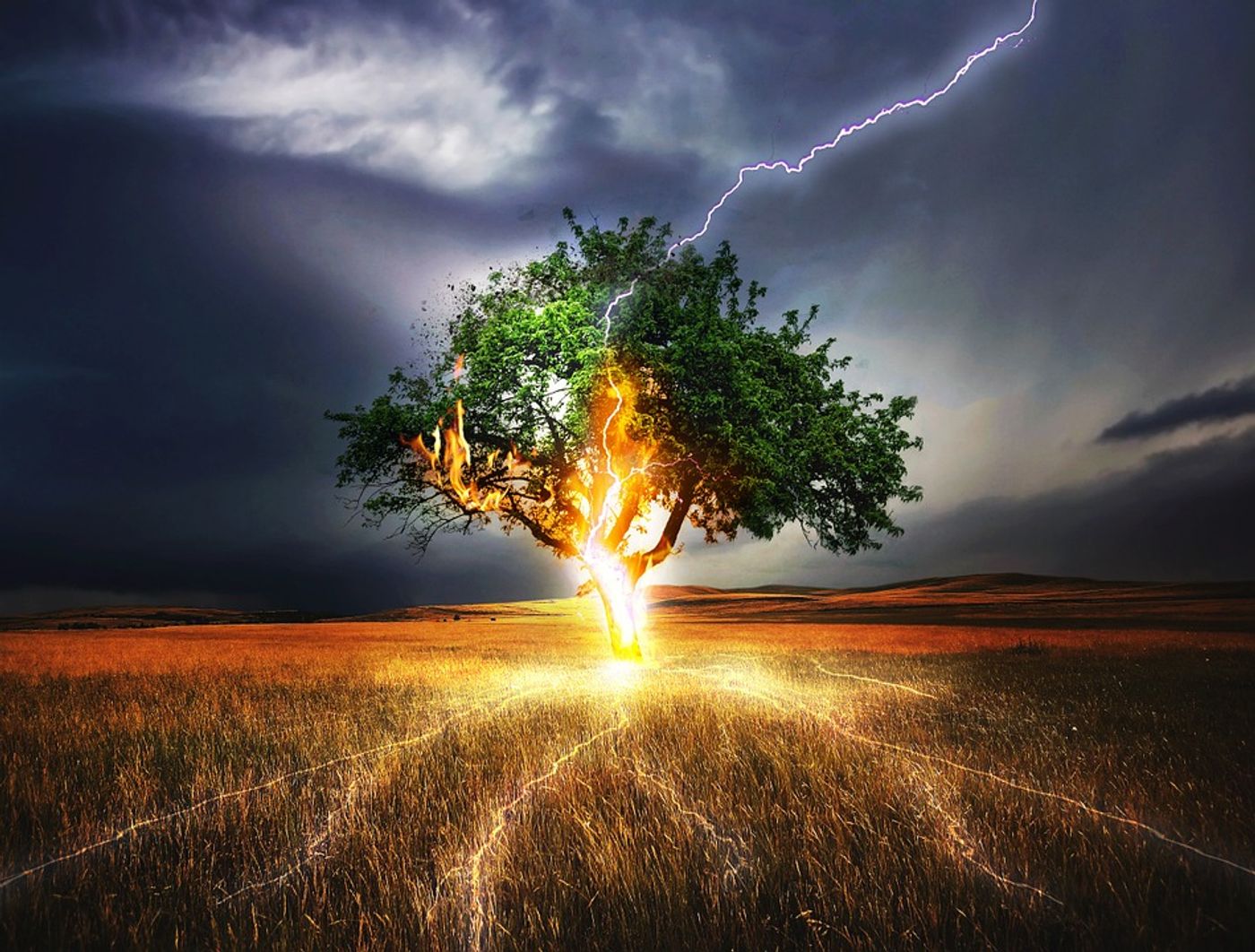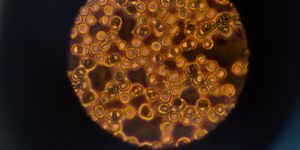Lightning kills large trees in tropical forests, reducing carbon storage
We often only think of the impact of lightning on how it relates to humans, but new research from the Smithsonian Tropical Research Institute (STRI) highlights the ways that lightning influences forest ecosystems. The findings of the study are published in the journal Global Change Biology; they argue that lightning is a change-agent in the tropics.
"Lightning influences the ability of forests to store biomass, and therefore carbon, because it tends to strike the largest trees," said Evan Gora, a post-doctoral fellow at STRI. "And lightning strikes may also be very important in savanna ecosystems."
A previous study conducted by the same STRI researchers showed that lightning is the cause of death for roughly half of the biggest trees in a forest in Panama. "We found that a lightning strike damages a total of 23.6 trees and kills 5.5 of these trees within a year, on average," said co-author Steve Yanoviak, a tropical ecologist and professor at the University of Louisville. His collaboration with lightning researchers Jeffrey Burchfield and Phillip Bitzer from the University of Alabama at Huntsville resulted in the implementation of lightning detectors at STRI's Barro Colorado Island Research Station, where the team first conducted their lightning monitoring.
Later, the team expanded their research sites to include all of the tropics. They used satellite images from the Earth Networks Global Lightning Network (ENGLN) to map lightning strikes overlaying a map of tropical ecosystem land-cover categories from the International Geosphere-Biosphere Program and the Moderate Resolution Spectroradiometer (MODIS) Land Cover Climate Modeling Grid.
The map showed them that lightning strikes damage approximately 832 million tropical trees each year, resulting in the death of one-fourth. In differentiating between land-cover ecosystems, the team determined that lightning strikes were more frequent in forests, savannas, and urban areas than in grasslands, shrublands, and croplands.
"This is the best evidence to date that lightning is a major disturbance influencing tropical forest dynamics and structure," said co-author Helene Muller-Landau. "We suspect that our study vastly underestimates the total effect of lightning. Lightning strikes may play a major role in forest biomass/carbon cycling not only in tropical forests but also in other tropical ecosystems."
Climate change will likely increase the number of lightning strikes we see due to increasing hot air in the atmosphere. The researchers on the project urge that there are still many questions left unanswered, including how the effects of climate change-induced will lightning will play on tropical forests and why some trees can survive lightning strikes while others perish from their injuries.
Sources: Global Change Biology, Science Daily









